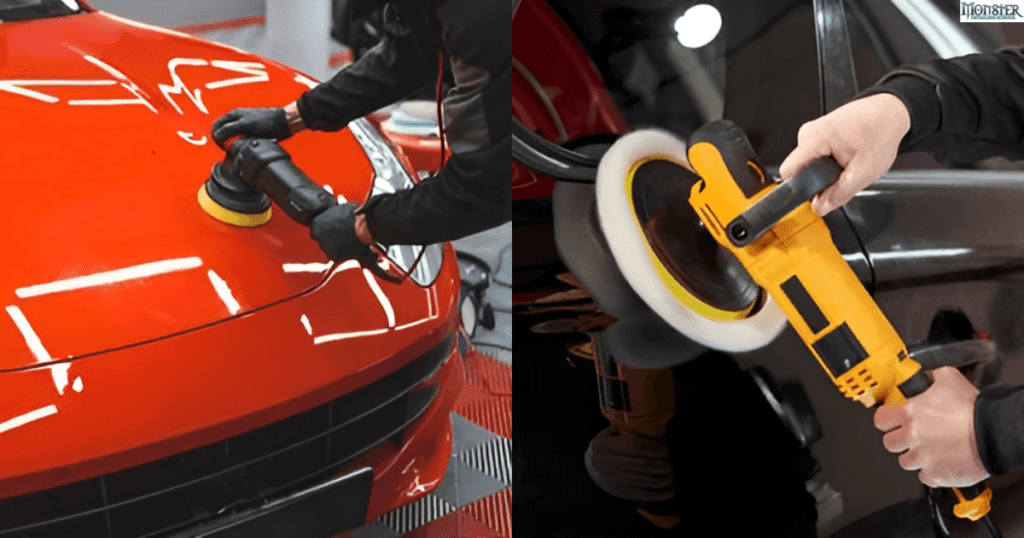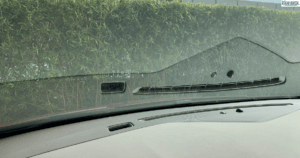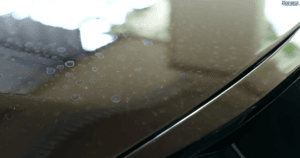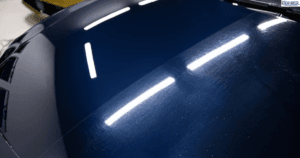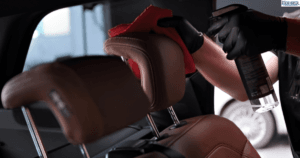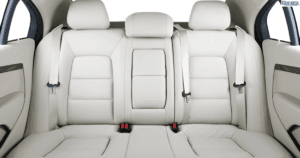When it comes to polishing a car, choosing the right polisher can make all the difference in achieving that showroom-quality shine. Two common types of polishers are the rotary polisher and the orbital polisher also known as the random orbital or dual action polisher.
In this guide, we’ll go through the differences between orbital and rotary polishers, their advantages and disadvantages, and which one might be the best choice for your detailing needs. At Monster Detailing School, we offer comprehensive training on using these tools to help our students excel in the industry, utilizing the most advanced techniques and sustainable practices.
What is a Rotary Polisher?
A rotary polisher is a powerful tool that uses a direct-drive system to rotate the pad in a circular motion. This type of polisher is known for its ability to correct heavy paint defects quickly, making it a favorite choice among professional detailers.
Pros of Rotary Polishers:
1. Fast and Effective:
The powerful circular motion can quickly correct deep scratches, heavy oxidation, and severe swirl marks.
2. Great for Heavy Correction:
Ideal for vehicles with significant paint damage or neglected finishes.
3. Controlled Cutting Power:
Provides more direct control over the polishing process, which can be advantageous for experienced users.
Cons of Rotary Polishers:
1. Higher Risk of Damage:
If not used properly, a rotary polisher can burn through the paint or leave holograms, especially in the hands of a beginner.
2. Not Ideal for Beginners:
It requires more skill to handle and can be challenging to master without proper training.
3. Produces More Heat:
The direct-drive motion generates more heat, increasing the risk of paint damage.
Related Blog: Hand vs. Machine Polishing: Which One Reigns Supreme?
What is an Orbital Polisher?
An orbital polisher, also known as a random orbital or dual action polisher, moves in a more complex pattern, combining both a circular and orbital motion. The dual action of the pad mimics the natural movement of the human hand, making it a safer option for beginners.
Pros of Orbital Polishers:
1. Safe for Beginners:
The random orbital motion reduces the risk of paint damage, making it more user-friendly.
2. Reduces Heat Buildup:
The dual-action movement generates less heat, which helps prevent burning the paint.
3. Ideal for Finishing Touches:
Perfect for light to moderate paint correction and applying finishing polishes.
Cons of Orbital Polishers:
1. Less Cutting Power:
May struggle with heavy paint correction or deep scratches compared to a rotary polisher.
2. Takes More Time:
Since it’s less aggressive, it may take longer to achieve the desired results, especially on heavily damaged paint.
Related Blog: Should You Wax a Car After Polishing?
Which Polisher is Best for Your Needs?

Choosing between a rotary and an orbital polisher largely depends on your experience level, the condition of the vehicle’s paint, and your detailing goals.
For Beginners:
An orbital polisher (random orbital or dual action) is generally the best choice. The safer, less aggressive motion allows beginners to get the hang of polishing without worrying about damaging the paint. It’s perfect for everyday car care, light paint correction, and applying waxes or sealants.
For Professionals:
A rotary polisher is ideal for professionals who need the power and speed to correct heavily damaged paint. However, it does require skill and proper training to avoid mistakes. At Monster Detailing School, we train students on both rotary and orbital polishers, ensuring they have the expertise to handle any situation with confidence.
Related Blog: How Long Does It Take to Polish a Car?
Why Training Matters
While using a polisher may seem straightforward, mastering the techniques is crucial for achieving the best results. At Monster Detailing School, we emphasize the importance of training with both rotary and orbital polishers. Our comprehensive courses provide hands-on experience with the latest technology, ensuring students understand the strengths and limitations of each tool.
Our training programs are designed to help students become leaders in the detailing industry. We focus on:
1. Best Practices:
Learn the safest and most effective polishing techniques.
2. Advanced Technology:
Use the latest tools and products to stay ahead of industry trends.
3. Multilingual Instruction:
Our training is accessible to a global audience, with multilingual programs to ensure everyone can benefit.
4. Sustainability:
Adopt eco-friendly practices that not only deliver excellent results but also reduce environmental impact.
Related Blog: How Much Does Car Polishing and Buffing Cost?
When to Use a Rotary Polisher vs. an Orbital Polisher
To get the best out of these tools, it’s essential to understand when to use each type:
1. Rotary Polisher:
Ideal for heavy paint correction. Use this tool if the vehicle has deep scratches, oxidation, or if you need to remove sanding marks.
2. Orbital Polisher:
Best for light to moderate paint correction, swirl removal, and applying polish or wax. It’s also suitable for maintaining the finish after using a rotary polisher.
Conclusion
Choosing between a rotary and an orbital polisher comes down to the job at hand and the detailer’s skill level. Rotary polishers are powerful and suitable for heavy correction, but they require experience to use safely. Orbital polishers, on the other hand, are beginner-friendly and perfect for light to moderate paint correction.
In our auto detailing classes, we’re dedicated to offering the best practices and advanced technology to our students, ensuring they become leaders in the detailing industry. Our comprehensive, multilingual car detailing training programs equip students to deliver high-quality detailing services in a sustainable and effective manner. Whether you’re new to detailing or looking to enhance your skills, our training will help you master the art of polishing and become a true expert.


